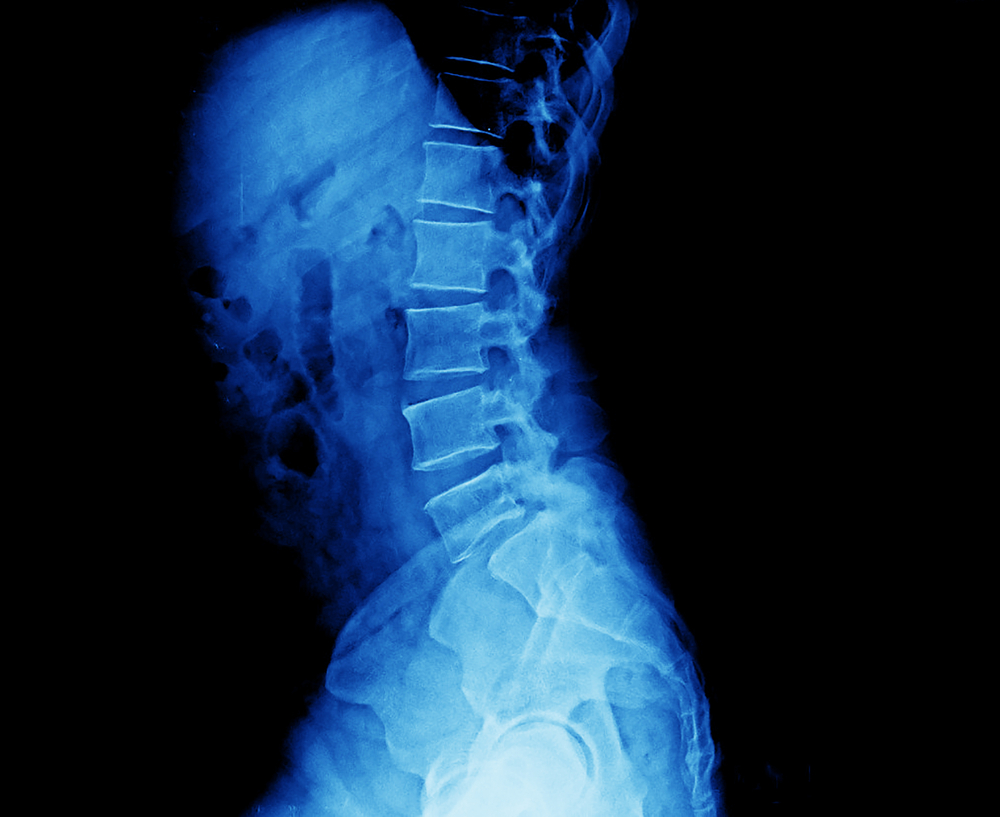Slipped discs, spondylolisthesis, fractured vertebrae, abnormal curvature of the spine, and complications resulting from disc degeneration can all be treated with ALIF surgery. During the procedure, some or all of a herniated disc will be removed so that the neighboring vertebrae can be joined together in a process known as fusion.
Fusion occurs when two bones heal together connected by a bone graft that fills the space between the vertebrae, known as the intervertebral space. ALIF surgery often includes the placement of cages, rods, plates, screws, wires, and hooks to help support the treatment area while it heals. They also serve to ensure that the space between the vertebrae remains within normal limits.

Who Can Benefit From ALIF Surgery?
Anterior Lumbar Interbody Fusion has been shown to be an effective treatment for patients who are experiencing symptoms associated with slipped discs, spondylosis (disc or joint degeneration), spondylolisthesis (vertebral slippage), or any other condition that leads to spinal instability. Those who are experiencing complications from osteoporosis or arthritis generally aren’t eligible for treatment with this procedure. A recommendation for ALIF surgery will not be provided until all other less invasive treatments have been attempted or ruled out by Dr. Czerwein.
What Happens During ALIF Surgery?
This procedure begins with the patient being laid on their back and put under general anesthesia, rendering them unconscious. Once this is accomplished, an incision will be made in the abdomen (stomach area) and the muscles, organs, and other structures to get to the anterior (front) portion of the spine to apply the treatment. In many cases, a vascular or general surgeon will be on hand to perform this part of the procedure. Once access has been achieved, the required portion of the disc or vertebrae will be removed, and the bone graft and necessary instrumentation (rods, plates, etc.) are put in place. Following this, all the tissues and organs will be put back in place, and the incision stitched closed.
What Will Recovery From The Procedure Be Like?
One benefit of having this procedure performed is that the nerves and muscles of the back are not affected, speeding recovery time. Following the procedure, there will be a hospital stay lasting several days, during which the patient will be put through a rehabilitation program to help begin recovery. Braces, pain medications, and physical therapy will generally be ordered following discharge. The recovery time required varies from patient to patient, though three to six weeks is generally expected. Advances in the technique have helped speed recovery rates, so it’s important to follow Dr. Czerwein’s instructions during your recovery period.
As spinal surgery techniques advance, treatment methods and recovery times continue to improve. The conditions that require treatment with ALIF can have a serious impact on your quality of life. When you call Dr. John Czerwein, you’ll be scheduling an appointment with one of North Scituate’s most respected spinal surgeons. Come see us at 53 Saddle Rowe Lane to experience the life-changing results of Anterior Lumbar Interbody Fusion surgery!



